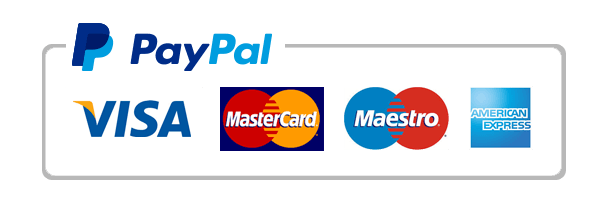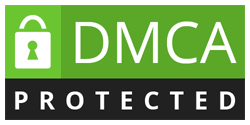Financial And Business Planning Response
Financial and Business Planning
CHAPTER OVERVIEW
The business planning of startups is often summarized in a document called the business plan. However, it is important to understand that business planning is much broader than the business plan document. This chapter reviews the main aspects of the general business planning process, while emphasizing the factors that are important to early stage companies.
The first part of the chapter discusses the company’s business cycle and the manner of presenting information in the financial statements. Understanding the principles underlying the financial statements, the manner of preparing them, and the presentation of the data is essential to anyone involved in the high tech industry in general, and to persons engaged in business planning in particular. The second part of this chapter reviews the main methods of financial forecasting. The last part of this chapter reviews other issues relating to strategic planning and reviews the business plan, which is one of the products of business planning.
The Company’s Business Cycle
Understanding the company’s business cycle is important for financial forecasting and for understanding the company’s cash flow.Figure 3-1 presents the business cycle of a typical company: The company’s equity providers or debt holders infuse money (in the form of capital and debt, respectively) into the company’s cash account. This cash is used by the company to pay for services, salaries (human capital), and raw materials for the production process and to purchase production equipment. The human capital and the raw materials are used for the development and production (through means of production such as machinery and computers) of services and products. Products pass through the company’s inventory and are sold to customers, and services are provided to customers directly. Customers either pay for the products or services in cash or receive credit from the company that is paid later. At the end of each period (cycle), any cash not returned to the company’s debt holders is paid to the tax authorities, distributed to the shareholders in the form of dividends, or is re-invested in the company to allow further business cycles.
Financial Statements
The company’s business cycle is reflected in its financial statements; the main ones are the company’s balance sheet, income statement, and cash flow statement. The company’s financial statements provide information about its financial condition: The main purpose of the balance sheet is to describe the assets and liabilities of the company on a given date; the main purpose of the income statement is to describe the transactions and changes in the assets and liabilities of the company over a period of time; and the cash flow statement describes the changes in the company’s cash flow over a period of time.
The company’s financial statements are usually prepared in accordance with generally accepted accounting principles (GAAP). In most cases, the company prepares two sets of statements: One is used for reporting to the company’s shareholders and debt holders, and the other, which is based on the tax rules governing the recording of transactions, is used for reporting to the tax authorities. Obviously, the statements report the same business results, but different rules used for different needs create differences between the reported results. The reason for the differences in most cases is the existence of specific directives for tax reporting, as opposed to other financial reporting principles that attempt to reflect the company’s business condition in general.
In order to understand the company’s financial condition and prepare financial and business plans accordingly, entrepreneurs need to understand the meaning of the different statements and the logic behind the reflection of the company’s business cycle. The following explanation of the statements and their components is consistent with the customary reporting rules, but is based on the economic principles underlying them, rather than on the precise reporting rules.
Balance Sheet
The company’s balance sheet reflects the company’s overall assets and liabilities or, in other words, its financial condition at a given point of time. The balance sheet may be likened to a snapshot of the company’s financial condition. It distinguishes among various types of assets and liabilities, such as cash held by the company or in its bank accounts, as opposed to inventories. The balance sheet also reflects the shareholders’ equity, namely, the investment in the company made by the shareholders and the profits accumulated in the company (retained earnings). The company’s total recorded assets are always equal to the sum of its liabilities plus the shareholders’ equity (see Figure 3-2).








